‘A lot of people don’t like NFTs and are really vocal about it, so every time I post about my NFTs on social media most of the comments are negative,’ says Norwegian video artist Jan Erichsen. In 2017, he gained several hundred thousand Instagram followers when his ‘destruction’ videos, in which he films himself destroying everyday items, went viral. Erichsen’s gif-length works translate naturally into NFTs, but since making them he’s noticed his follower count drop. In the promotional video for a work titled Flower Thief, Erichsen wears a mask of blades and lunges forward to burst a pink balloon labelled ‘NFT’. The comments include ‘the only thing worse than knife wounds is getting yourself in a dead economy’ and ‘an NFT? I had so much respect for your art.’
These reactions may be extreme but the entry some months ago of non-fungible tokens (NFTs) into mainstream conversation has been met with similar, if more mildly expressed, responses from the art world. Concerns, such as those over what collectors are actually buying and the frighteningly high energy consumption inherent in cryptocurrencies, have spiralled into heated debates. Viewed as investment opportunities, the merits of NFTs tend to be evaluated in terms of their benefit to the buyer. Artists, meanwhile, are assumed to be gratefully freed from their reliance on gallery representation and happy to pocket royalties from the secondary market. For many, however, NFTs represent a fork in the road with the available paths offering risky choices.
Erichsen remains enthusiastic about NFTs despite the adverse comments. ‘I’ve already made more money in one month than I made all of last year from selling work,’ he says. Previously his main revenue came from fans asking to buy props from his videos and time-consuming advertising deals. ‘NFTs are so much easier. I post it, hopefully sell it and get the money,’ he explains. Erichsen’s videos have been selling for between 0.5 and 1.6 ETH, or the cryptocurrency Ethereum in which NFTs are traded, with 1 ETH equating to roughly £1,600. ‘I don’t want to do commercials. I want to sell my art.’
For traditional digital artists – a different breed from so-called crypto artists, who might more readily self-identify as programmers and whose self-referential works are closer to memes – the arrival of NFTs raises questions about their artform. Though online art is receiving an unprecedented amount of attention, some don’t see NFTs as revolutionary so much as a regression.
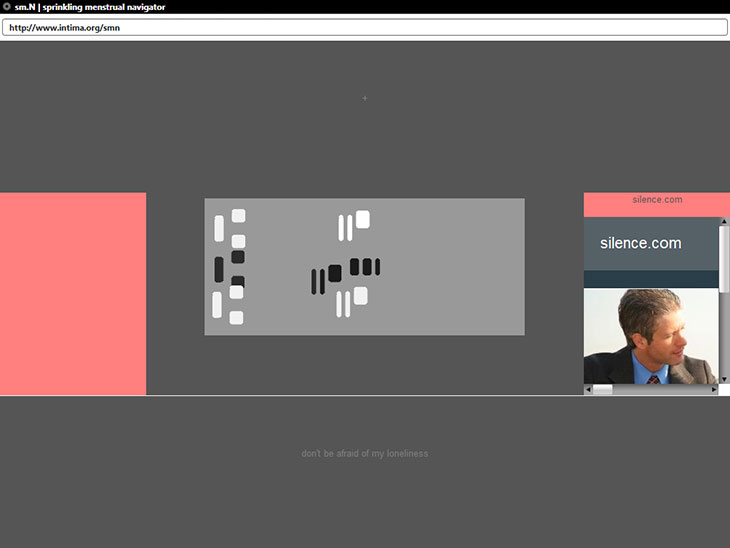
sm.N – Sprinkling Menstrual Navigator (screenshot; 2011), Igor Stromajer. Centre Pompidou, Paris. © the artist
Slovenian artist Igor Stromajer, an early practitioner of internet art, remembers pushing back against an older generation of sceptics so he is keen to remain open minded. So far, however, he finds NFTs disappointing. ‘We’ve had digital and interactive computer-based art for decades. In the ’90s, at the beginning of the net.art era, we developed interactive structures that were based on multiple servers around the world. They weren’t just complex technically but also in terms of their content, those go hand in hand.’ Each work could take several months to programme and selling them was difficult because Stromajer had limited control over the dispersed servers and the preservation of the work. When one of his pieces was acquired by the Pompidou Centre in Paris in 2002, Stromajer was asked to sign an agreement not to sell the work to someone else in lieu of being able to provide an ‘original’.
‘Now we’ve gone back to single file artworks, jpegs and gifs, which cuts the connection with net.art as it was,’ Stromajer says. He sees this as part of a wider trend, started by the constraints and censorships of social media, which he calls the meme-ification of post-internet art. ‘If the market demands it then the art will be offered, that’s normal, but if you simplify it to sell it then at the end you get a single gif.’
One artist who found early success selling internet art to collectors is the Dutch-Brazilian artist Rafaël Rozendaal, who offered the domain names to what he calls ‘websites-as-art-objects’. Works like muchbetterthanthis.com (2006) and ifnoyes.com (2013) still get millions of hits every year. ‘When I first saw the NFT platforms I thought they were kind of messy and didn’t feel at home there,’ he says. ‘With every new digital idea you have to wonder, is someone selling me something or is this inherently valuable and interesting? If you’re an established artist in museum collections with support from collectors then you don’t want the work to go for much less, so there’s a risk.’
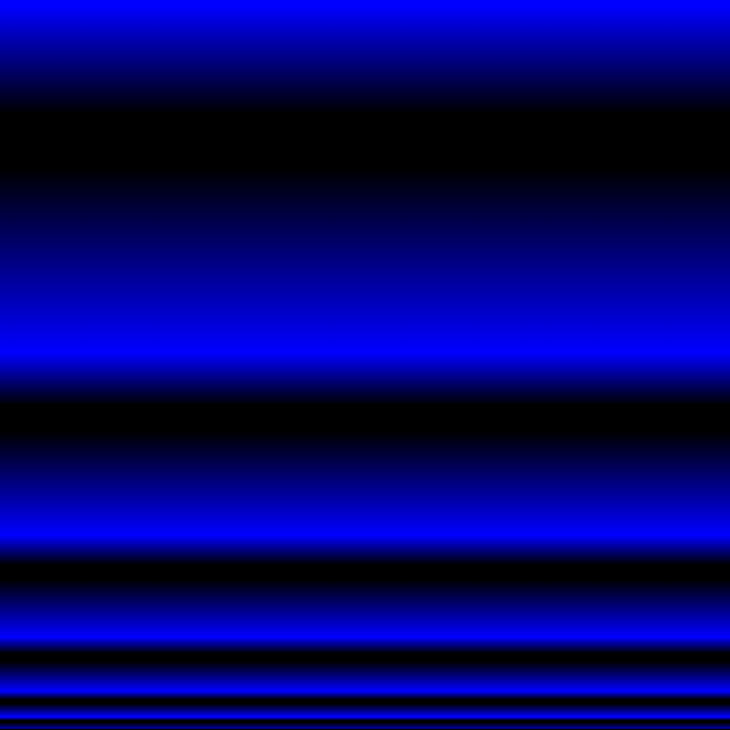
Deep Blue (2021), Rafaël Rozendaal. © the artist
Despite his initial doubts, Rozendaal has now embraced NFTs as a whole different medium. Like Stromajer he finds that single files lack the flexibility of websites, but he is happy to be relieved of hosting and conserving them. ‘To me the browser is like a mural or fresco and an NFT is more like a painting on canvas,’ he says. ‘It’s more crystalised, compact and portable.’ He adds, ‘Software is really about ease of use, efficiency and access. You could share photos online before Instagram but Instagram made it so easy, which was very powerful. I think this is the Instagram moment for purchasing digital art.’ Rozendaal’s highest selling work, Deep Blue, had a reserve price of 2 ETH, which a bidding war raised to 140.
In Stromberg’s view, ‘The internet in the 90s was different to what it is now. It was a utopian, anarchic, open space where there was no control. There was hope that we could avoid institutions and make art and have viewers without being part of this strictly regulated art world.’ As this dream of avoiding questions about ownership became less realistic, new models arose for collecting in the digital realm. First Real Net Art Gallery (1998) by the Russian artist Olia Lialina is both an artwork in its own right and, she claims, the first company to offer on-demand, original net.art works through an accessible platform, which buyers could then display on their personal websites.
Services like Daata and Sedition, which sell authenticated digital art – often as editions – would eventually follow, but Rozendaal believes blockchain is a system digital natives are more comfortable with. ‘There was a community of independent artists and a community of wealthy geeks that couldn’t connect. The gallery was slowing things down because the geeks are uncomfortable going to openings and drinking champagne,’ he says.
Nonetheless, Rozendaal doesn’t believe NFTs should be siphoned off from the wider art world but suggests instead that the boundaries between digital and analog art are already blurred. ‘Most artists already use digital tools to make their physical work, so maybe this is a way for them to reveal that early process,’ he says. His friend Austen Lee, whose paintings combine digital technology with traditional techniques, has successfully sold his digital cast-offs for up to 17.05 ETH.
Stromajer supports the artists who rule-out NFTs on the basis of their ecological cost, but would consider making one in the future if there was an option for artworks made of multiple files. Whether as NFTs or in the future as something else, the desire to buy and sell digital art is here to stay. ‘Initially people were worried that the digital was ephemeral and would disappear because it was so new,’ Rozendaal says. ‘We have to accept that digital is really a place where we live and where we can find beauty and contemplation. It’s not just disposable and a distraction. Digital culture has an influence on the zeitgeist and changes the way we think,’ he adds. ‘Now we are ascribing value to those digital creations and making them more tangible.’
Unlimited access from just $16 every 3 months
Subscribe to get unlimited and exclusive access to the top art stories, interviews and exhibition reviews.

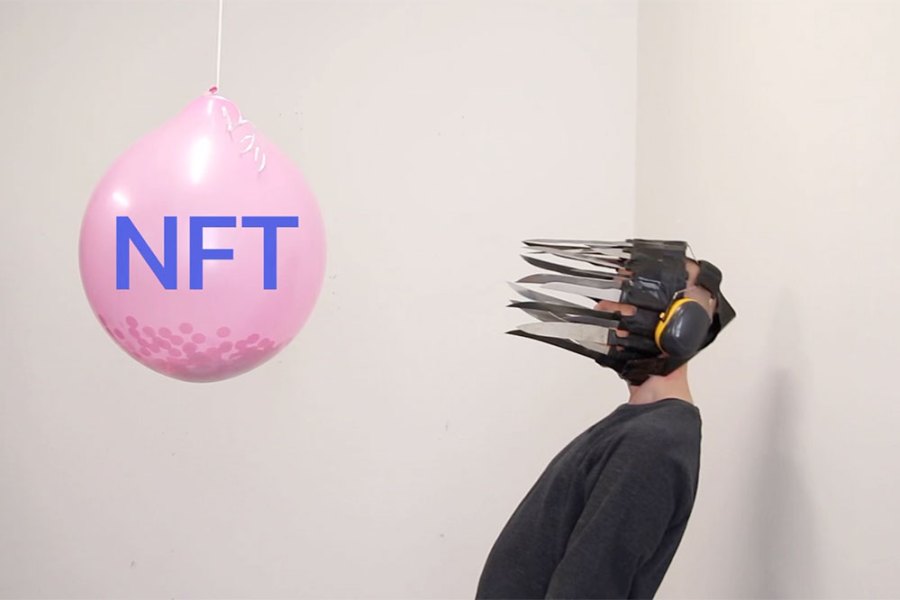
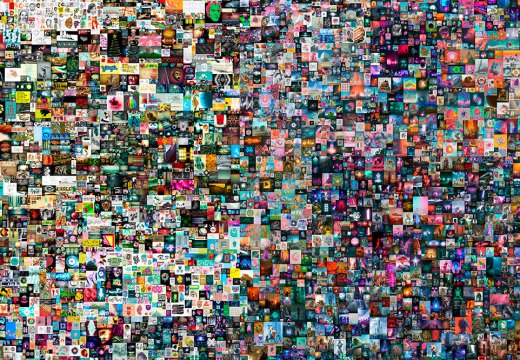
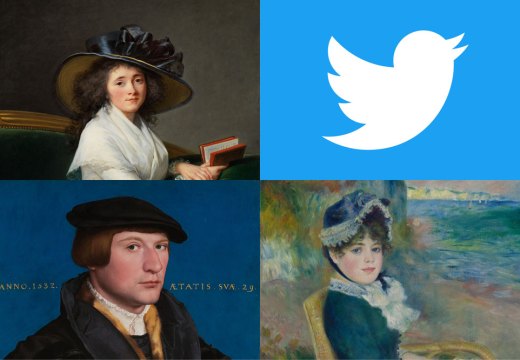
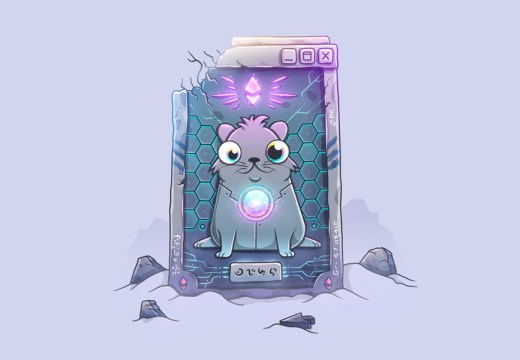









![Masterpiece [Re]discovery 2022. Photo: Ben Fisher Photography, courtesy of Masterpiece London](http://www.apollo-magazine.com/wp-content/uploads/2022/07/MPL2022_4263.jpg)
Has the Fitzwilliam lost the hang of things?